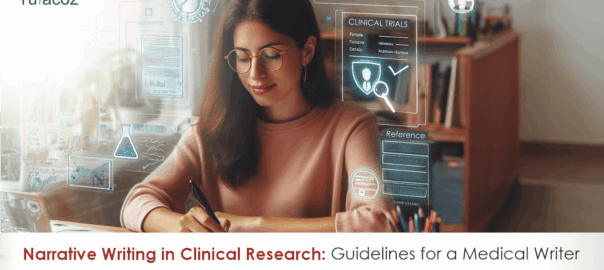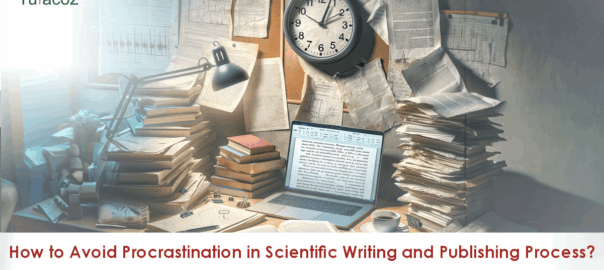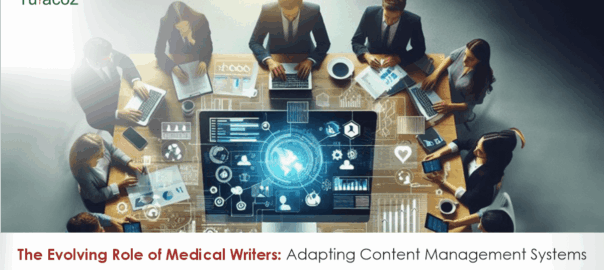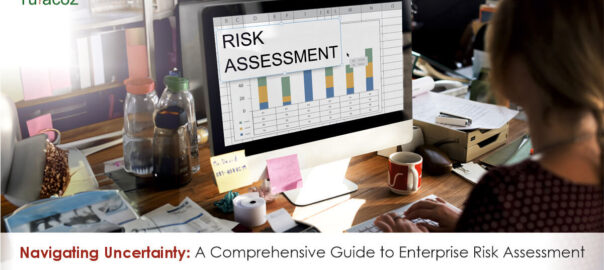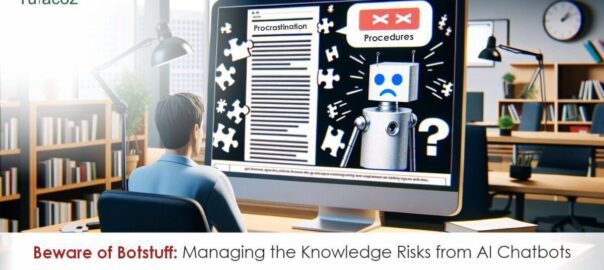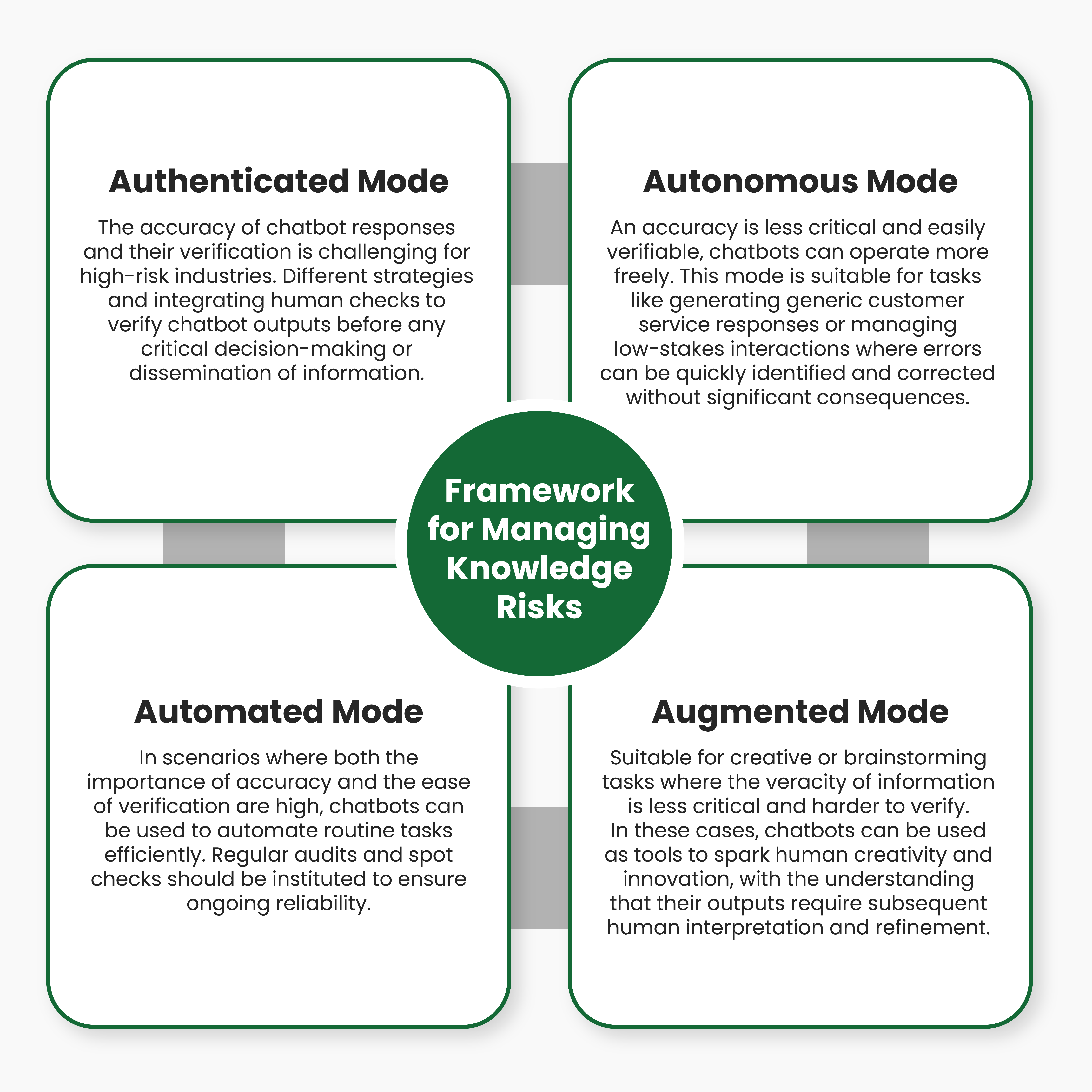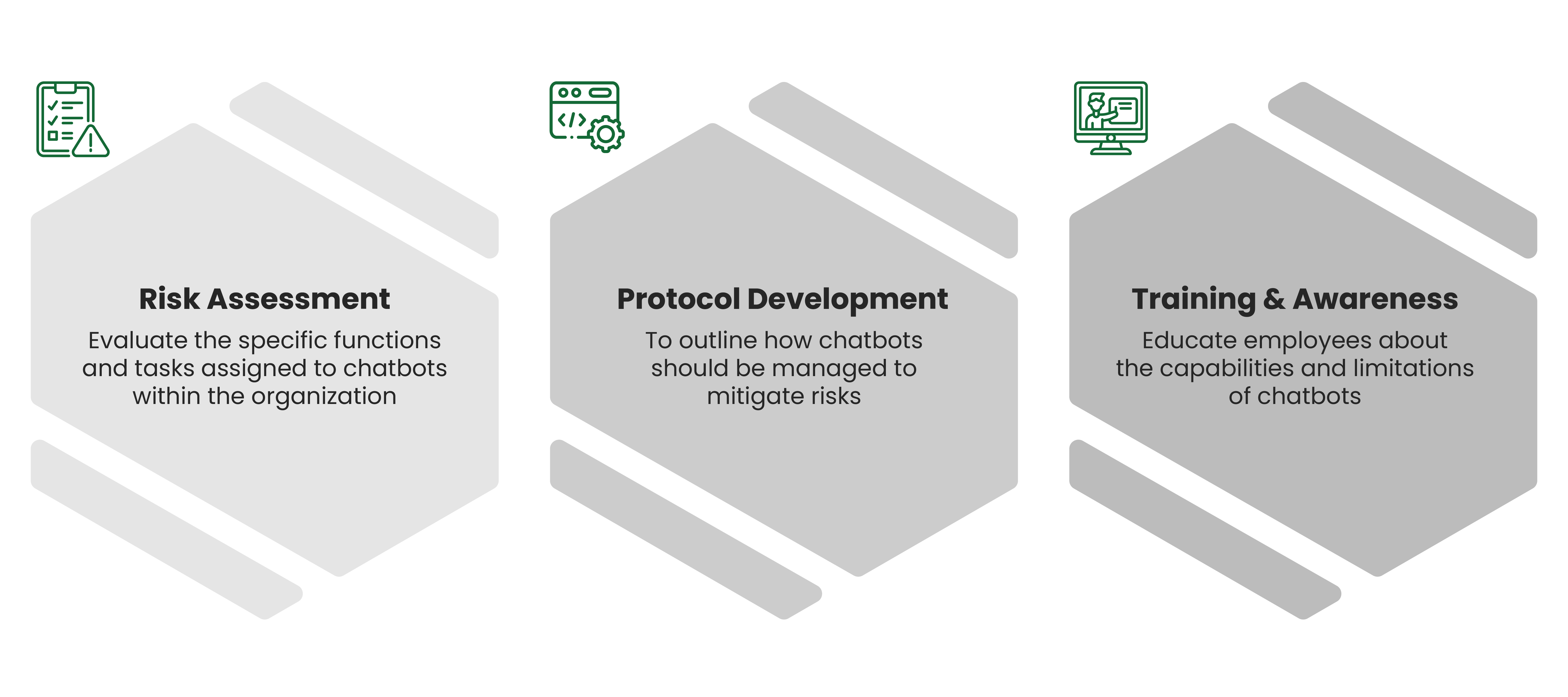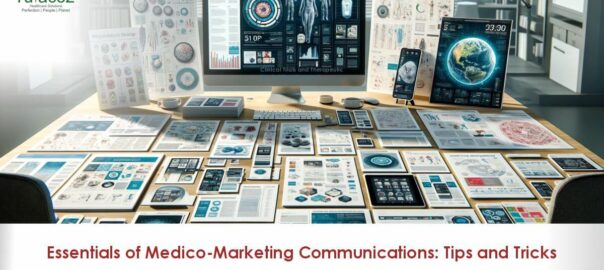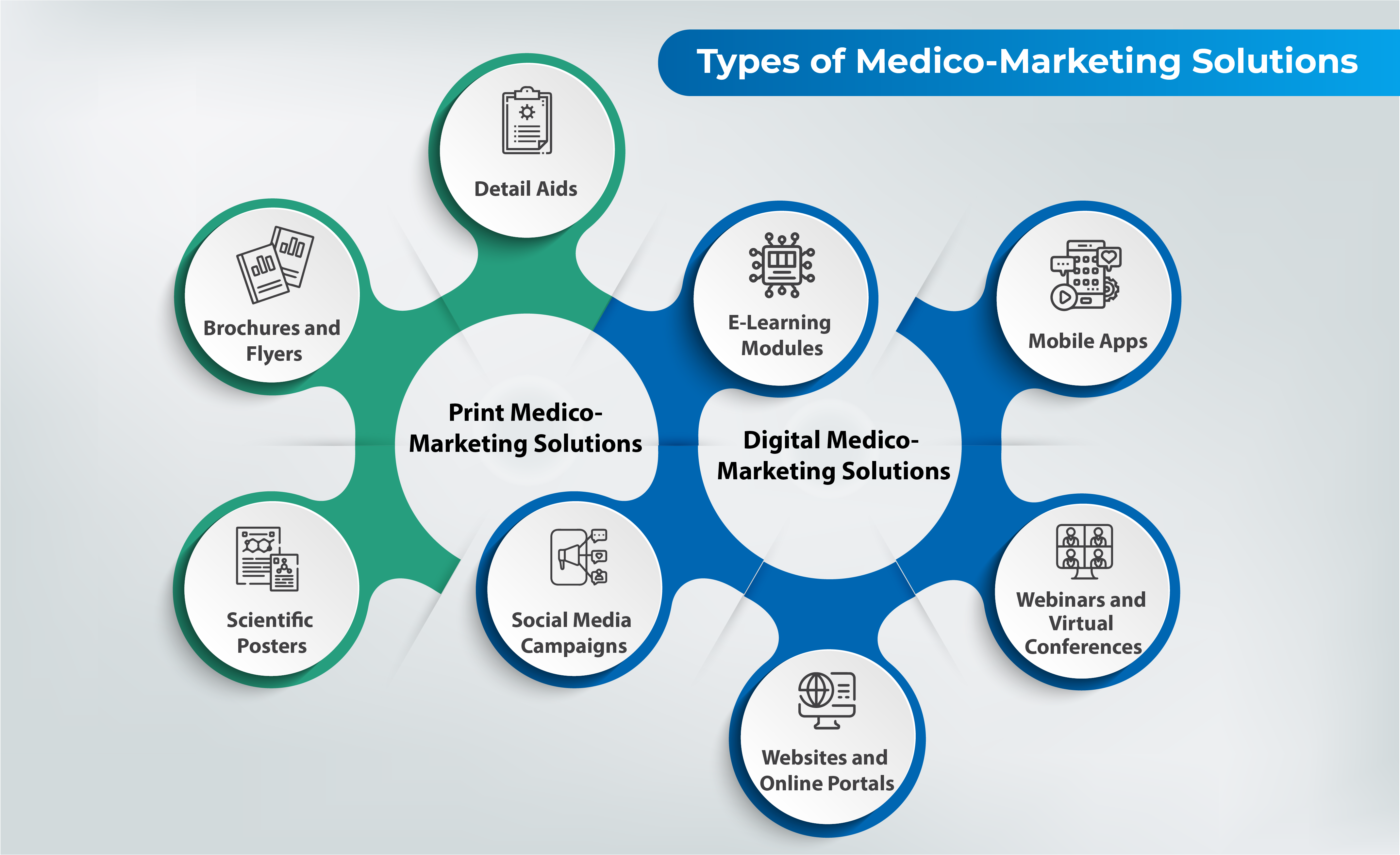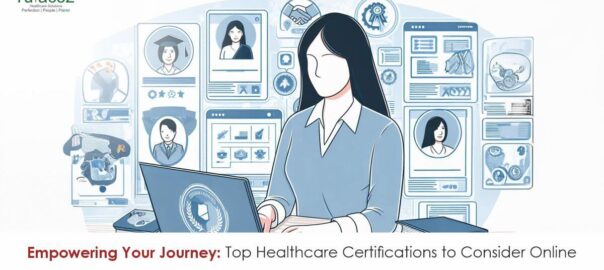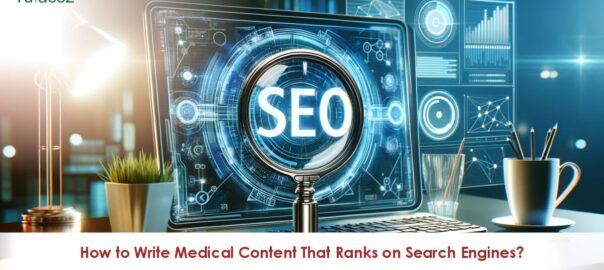In today’s fast-paced world, PowerPoint presentations have become indispensable tools for effective communication. Whether you’re a student presenting a project, a professional pitching a business idea, or a lecturer delivering a lecture. Creating an effective PowerPoint presentation involves more than just incorporating attractive slides and animations. It requires a thorough understanding of design principles, audience engagement techniques, and the appropriate use of technology. In this blog, we will delve into the critical aspects of designing an outstanding PowerPoint presentation, covering everything from background design to the role of AI in simplifying the process.
Setting the Stage
Before diving into the nitty-gritty of slide design and content creation, it’s essential to establish a solid foundation for your presentation. This begins with defining your objectives and understanding your audience. Ask yourself: What message do I want to convey? Who is my target audience, and what are their needs and preferences?
Once you have clarity on these points, it’s time to brainstorm ideas and organize your content. Create a storyboard or outline to map out the flow of your presentation, ensuring a logical progression from one point to the next. Remember, a well-structured presentation is easier for your audience to follow and digest.
Click Here:- Narrative Writing in Clinical Research: Guidelines for a Medical Writer
Tips and Techniques
With your groundwork laid, let’s turn our attention to the heart of your presentation: the slides themselves. Here are some essential tips and techniques for creating slides that captivate and inform your audience:
- Keep it Simple: Avoid cluttering your slides with excessive text or graphics. Stick to the rule of thumb: one main idea per slide expressed concisely.
- Visual Appeal: Leverage visuals—such as images, charts, and graphs—to enhance understanding and retention. Choose high-quality images and photos that complement your message and use charts and diagrams to illustrate data trends or comparisons.
- Consistent Design: Use a coherent color scheme, font style, and layout to maintain visual consistency throughout your presentation. Consistency lends professionalism and helps establish visual continuity.
- Typography Matters: Select fonts that are easy to read and appropriate for your audience. Avoid decorative fonts that may distract from your message and ensure sufficient contrast between text and background colors for readability.
- Engage with Multimedia: Incorporate multimedia elements, such as videos or audio clips, to add variety and interactivity to your presentation. Just be sure that multimedia content aligns with your message and enhances rather than detracts from your presentation.
- Practice, Practice, Practice: Rehearse your presentation multiple times to familiarize yourself with the content and pacing. Practice also helps refine your delivery and ensures smooth transitions between slides.
- Interactive Elements: Consider incorporating interactive elements like polls or quizzes to engage your audience and solicit feedback actively. Interactive features can transform passive listeners into active participants, fostering more excellent retention and comprehension.
- Storytelling: Craft your narrative presentation, weaving critical points into a cohesive story. Stories resonate with audiences emotionally, making your message more memorable and impactful.
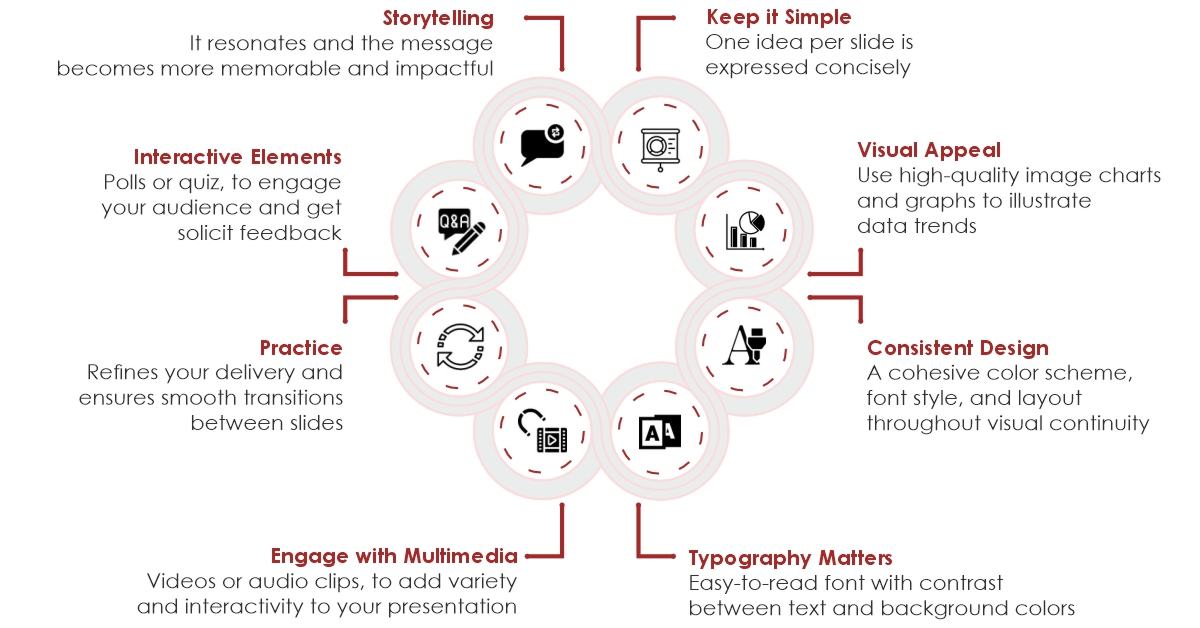
What an Artificial Intelligence (AI) Can Improve Your Presentation
In recent years, AI has emerged as a powerful ally in presentations, offering tools and features that streamline the creation process and enhance presentation quality. Here’s how AI can lend a helping hand:
- Design Assistance: AI-powered design platforms like Canva or Adobe Spark offer pre-designed templates and layouts that simplify the design process. These platforms utilize AI algorithms to suggest color schemes, fonts, and image combinations, saving you time and effort crafting visually appealing slides.
- Content Generation: AI-driven content generation tools, like OpenAI’s GPT-3, can help you generate written content for your slides. Input key points or prompts, and these tools can generate coherent text that you can then refine and tailor to your presentation.
- Speech Recognition: AI-powered speech recognition software, such as Otter.ai, can transcribe your spoken words in real time, creating accurate presentation transcripts. This feature is invaluable for generating captions or subtitles and can a reference for revising your presentation content.
- Data Analysis: AI algorithms can analyze large datasets and extract insights that can be presented visually in your slides. Whether you’re showcasing market trends, survey results, or financial projections, AI-powered analytics tools can help distill complex data into easily digestible visuals.
- Personalized Recommendations: AI-driven presentation platforms, like Prezi or Zoho Show, leverage machine learning algorithms to provide personalized recommendations for improving your presentation. From slide layout suggestions to content optimization tips, these platforms offer tailored guidance to enhance your presentation’s effectiveness.
In conclusion, mastering the art of PowerPoint presentations requires a combination of strategic planning, creative design, and effective communication techniques. By following the principles outlined in this guide and harnessing the power of AI tools, you can create presentations that inform, inspire, and leave a lasting impression on your audience. So go ahead, unleash your creativity, and let your ideas shine through the power of PowerPoint.
Recognizing the growing demand for skilled professionals in this field, Turacoz Healthcare Solutions is at the forefront of nurturing the next generation of medical writers. Through comprehensive training programs, we are committed to equipping aspiring medical writers with the knowledge, skills, and insights needed to excel in this dynamic landscape. Whether you’re looking to start a career in medical writing or to refine your existing skills, Turacoz offers a pathway to mastering the art and science of medical communication.
As we begin this journey of exploration and discovery, let’s embrace the transformative power of manuscript editing. This journey goes beyond disciplinary boundaries, inspires creativity, and enriches human knowledge. Together, we can strive for editorial perfection, driven by curiosity, passion, and a relentless pursuit of excellence. Through manuscript editing, we can see the transformative power of words, which transcends time and space, shaping our understanding of the world and illuminating the path toward a brighter, more enlightened future.
In pursuing editorial perfection, let us dare to dream, innovate, and push the boundaries of possibility. For within the crucible of manuscript editing lies the potential to transform the ordinary into the extraordinary, the mundane into the magnificent, and the fragmented shards of knowledge into the shining beacon of truth. Let us embark on a journey together – a journey fuelled by curiosity and guided by the love and unwavering commitment to excellence. The possibilities in manuscript editing are limitless, the horizons are boundless, and the rewards are immeasurable.
For those interested in taking their first steps into medical writing or enhancing their expertise to meet the challenges of omnichannel communication in healthcare, we invite you to explore the opportunities available through our training programs. Contact us at [email protected] to learn more about how you can join the ranks of medical writers making a significant impact in healthcare communication. Together, let’s shape a future where accurate, accessible, and actionable health information reaches every corner of the globe, empowering individuals and transforming healthcare outcomes.


